F(x) = 1/(x 2 – 9) You can exclude any values of x (the domain) that make the denominator equal to zero For a domain, the number under a square root sign can't be negative For example, you can't find the domain for √10, because the solution is an imaginary number Try putting different xvalues into the function for y to see whatTo ask Unlimited Maths doubts download Doubtnut from https//googl/9WZjCW Find domain and range of `f(x)=x/(1x^2)`Find the domain of 1/(e^(1/x)1) function domain square root of cos(x)

Misc 3 Find Domain Of F X X2 2x 1 X2 8x 12
F(x)=√9-x^2 find domain and range
F(x)=√9-x^2 find domain and range-Functions assign outputs to inputs The domain of a function is the set of all possible inputs for the function For example, the domain of f (x)=x² is all real numbers, and the domain of g (x)=1/x is all real numbers except for x=0 We can also define special functions whose domains are more limited Google Classroom Facebook TwitterGraph f (x) = x2 Then use the graph of f to obtain the graph of g (x) = (x 2)2 1 arrow_forward Q (a) Identify the domain of f (x) (b) Identify the range of f (x) arrow_forward Q Find the absolute extreme values of the function on the interval g (x) = x2 11x 30, 5 ≤ x




11th Find The Domain And Range Of The F X X 9 X 3 Youtube
Domain and range » Tips for entering queries Enter your queries using plain English To avoid ambiguous queries, make sure to use parentheses where necessary Here are some examples illustrating how to ask for the domain and range domain of log(x) (x^21)/(x^21) domain;When the given function is of the form f(x) = 1/(x – 1), the domain will be the set of all real numbers except 1 In some cases, the interval be specified along with the function such as f(x) = 3x 4, 2 < x < 12 Here, x can take the values between 2 and 12 as input (ie domain)Find domain and range from a graph, and an equation Give the domain and range of the toolkit functions Another way to identify the domain and range of functions is by using graphs Because the domain refers to the set of possible input values, the domain of a graph consists of all the input values shown on the latexx/latexaxis The range is the set of possible output values, which
The domain and range of real function f defined by f(x) = √x 1 is given by asked in Sets, Relations and Functions by Sima02 ( 493k points) relations and functionsThe out comes or values that we get for y is known as range Domain for given function f (x) = x 3 For any real values of x, f (x) will give defined values Hence the domain is R Since we have absolute sign, we must get only positive values by applying any positive and negative values for x in the given function So, the range is 0, ∞) Exercise 25E I Find inverse and its domain and range ★ Find a domain on which each function f is onetoone and nondecreasing Write the domain in interval notation Then find the inverse of f restricted to that domain 111) f(x) = (x 7)2 112) f(x) = (x − 6)2 113) f(x) = x2 − 5 114) f(x) = 3(x − 4)2 1
Answer to Given the function f(x)=5\sqrt {9x^2}, and find the domain and the range (answer in interval notation) By signing up, you'll getFinding Domain and Range Learning Objective(s) Find the domain of a square root function Find the domain and range of a function from the algebraic form Introduction Functions are a correspondence between two sets, called the domain and the range When defining a function, you usually state what kind of numbers the domain (x) and range (f(x)) values can be But even ifClick here👆to get an answer to your question ️ Find domain and range of the real function f(x) = √(9 x^2) Join / Login >> Class 11 >> Applied Mathematics >> Functions >> Introduction of functions >> Find domain and range of th Question Find domain and range of the real function f (x) = 9 − x 2 Medium Open in App Solution Verified by Toppr f (x) = 9 − x 2 f (x) is




How To Find Domain And Range Of The Inverse Of A Relation Sat Math




11th Domain And Range Of Squre Root Of 9 X2 Youtube
For f(x) = x 2, the domain in interval notation is D (∞, ∞) D indicates that you are talking about the domain, and (∞, ∞), read as negative infinity to positive infinity, is another way of saying that the domain is "all real numbers" The range of f(x) = x 2 in interval notation is R 0, ∞) R indicates that you are talking about the range Notice that a bracket is used for theSay, f (x)= √ (x²9) Clearly, for any real value of x, x² >0 and thus x²9>0,ie, f (x)>0, which implies √ (x²9) is defined for every real value of x So, the domain of the function f (x) is (∞,∞)Finding f ( x) requires you to take the square root of x 2 − 3 x, and in the real numbers you can do that if and only if x 2 − 3 x ≥ 0 That reduces the problem of finding the domain of f to the problem of solving the inequality x 2 − 3 x ≥ 0 Finding the range of f is then a matter of finding the set of possible 'output' values f




Find The Domain And Range Of The Function Defined By F X 1 9 X Please Help Me Brainly In




Find Domain Of Function F X Sqrt 9 X 2 Youtube
Find the domain range of f(x)=1/√9x^2 2 See answers Advertisement Advertisement Santosh1729 Santosh1729 Domain 3 < x1/3 I hope you will get it easily Advertisement Advertisement vaishalideshmukh4679 vaishalideshmukh4679 Answer 2 Find the domain and range off (1)9² Advertisement Advertisement New questions in Math IfAlgebra Find the Domain and Range f (x)=x^22 f (x) = x2 2 f ( x) = x 2 2 The domain of the expression is all real numbers except where the expression is undefined In this case, there is no real number that makes the expression undefined Interval Notation Find the domain and range of f(x)=x/x^29 1 See answer Torpekai is waiting for your help Add your answer and earn points




Find The Domain And Range Of The Real Function F X Sqrt 9 X 2




Find Domain And Range Of Real Functions 1 F X X 2 3 X 2 F X 1 Sqrt X 5 Youtube
Correct answer Find the doman and range of following functions 1 f(x)= (x)2f(x)= √9x² 3 write demogan's law eanswersincomDomain Finding the domain of a function with two independent variables consists of determining the set of all ordered pairs in the Cartesian plane, in which the function exists or is defined Domain ( oo,3)uu(3, oo) Range (oo,6)uu(6, oo) If you factor the numerator, you can see that you will have terms that cancel out ((x3)(x3))/(x3)=x3 therefore f(x)=x3 with a hole at x=3 So the domain is all real numbers except for x=3 aka (oo,3)uu(3, oo) Plug in three for x to find out where the range doesn't exist y=6 So, the range is all real numbers except for y=6



Uncw Edu Ulc Services Math Documents Mat 111 Final Exam Answer Key Sp17 Pdf



Interval Notation
Ex 23, 2 Find the domain and range of the following real function (ii) f (x) = √ ((9 −x^2)) It is given that the function is a real functionFind domain and range from graphs Another way to identify the domain and range of functions is by using graphs Because the domain refers to the set of possible input values, the domain of a graph consists of all the input values shown on the x axis The range is the set of possible output values, which are shown on the y axisThe range of the function is therefore from the yvalue 4 to positive infinity along the yaxis The constriction of x>2 means we're only dealing with the function from x>2 onwards At x=2, f (x) = 8 So the range of the function would be (8, infinity) Your domain (x) values are pretty easy to find




Find The Domain And Range Of The Following Real Functions I F X X Ii F X Sqrt 9 X 2




Find The Domain And Range Of The Real Function F X 9 X 2 Donimain
Let y = f(x) be a function Range is all real values of y for the given domain (real values of x) Let us look at some practice questions to understand how to find domain and range of a function Practice Questions Question 1 Find the domain of 1 / (1 − 2sinx) Solution 1 − 2sin x = 0 2sin x = 1 sin x = 1/2 sin x = sin π/6 find domain and range of f(x)= √(x^2 4) Maths Relations and Functions NCERT Solutions;Correct Answer Option (b) Here we get that, no two elements of the domain has the same image and no element of codomain is the image of more than one element in the domain ∴ f is oneone Let's prove that f (x) = x2 is not onto Hence, for y = 3 ∈ N there does not exist any x ∈ N such that f (x) = y ∴ f is not onto




Find The Domain And Range Of The Function F X X 2 9 X 3



How To Find The Domain And Range From Y X 2 2x 8 Quora
Find the domain and range of real function f(x)=√4x^2 Get the answers you need, now!What is the domain and range of √9x^2?7megha 7megha Math Secondary School answered Find the domain and range of real function f(x)=√4x^2 2 See answers Advertisement Advertisement ansikasemra ansikasemra Here is your answer user Advertisement Advertisement arjuchahal arjuchahal Answer DO4x²
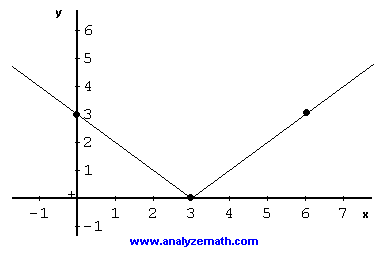



Graphing Square Root Functions




Find Domain Of Function Y X 3 4 Sqrt X 2 9 Youtube
Arithmetic Mean Geometric Mean Quadratic Mean Median Mode Order Minimum Maximum Probability MidRange Range Standard Deviation Variance Lower Quartile Upper Quartile Interquartile Range Midhinge Standard Normal Distribution Physics Mechanics Chemistry Chemical Reactions Chemical Properties Finance Simple Interest Compound Interest PresentAlgebra Find the Domain and Range f (x)=2/x f (x) = 2 x f ( x) = 2 x Set the denominator in 2 x 2 x equal to 0 0 to find where the expression is undefined x = 0 x = 0 The domain is all values of x x that make the expression defined Interval Notation Domain of f(x)=\frac{\sqrt{x1}}{x^{2}4} in interval notation is 1,2)\cup (2,\infty) #6 Finding Domain of a Function with a Square root in the numerator and denominator From Rule 6 we know that a function of the form f(x)=\sqrt{\frac{g(x)}{h(x)}} is defined when g(x)\geq0 and h(x)>0 Example Find the domain of f(x)=\sqrt{\frac{x2}{3x




6 Ways To Find The Domain Of A Function Wikihow




11th Find The Domain And Range Of The F X X 9 X 3 Youtube
How do you find the domain and range of #f(x) =sqrt(36x^2)#? Find the domain of the function \(f(x)=x^2−1\) Solution The input value, shown by the variable x in the equation, is squared and then the result is lowered by one Any real number may be squared and then be lowered by one, so there are no restrictions on the domain of this function The domain is the set of real numbers In interval form, the domain of f isTo ask Unlimited Maths doubts download Doubtnut from https//googl/9WZjCW Find the domain and range of, `f(x) = 2x33`




14 1 Functions Of Several Variables Mathematics Libretexts




Domain Of Sqrt X 1 1 Sqrt 9 X 2 Youtube
All these are real values Here value of domain (x) can be any real number Hence, Domain = R (All real numbers) We note that that Range f (x) is 0 or negative numbers, Hence, Range = (−∞, 0 Ex 23, 2 Find the domain and range of the following real function (ii) f (x) = √ ((9 −x^2)) It is given that the function is a real functionSo, the domain of the function f (x) is (∞,∞) Now to find the range, say f (x)= y, which gives x²9=y² or, x= ±√ (y²9) Since x is a real number, y²9 must be positiveFind the Domain and Range of the Real Valued Function (Ix) F ( X ) = 1 √ 16 − X 2 CBSE CBSE (Arts) Class 11 Textbook Solutions 7945 Important Solutions 12 Question Bank Solutions 6954 Concept Notes & Videos 365 Syllabus Advertisement Remove all ads




Find The Domain And Range Of F X Sqrt 16 X 2 Mathematics Stack Exchange
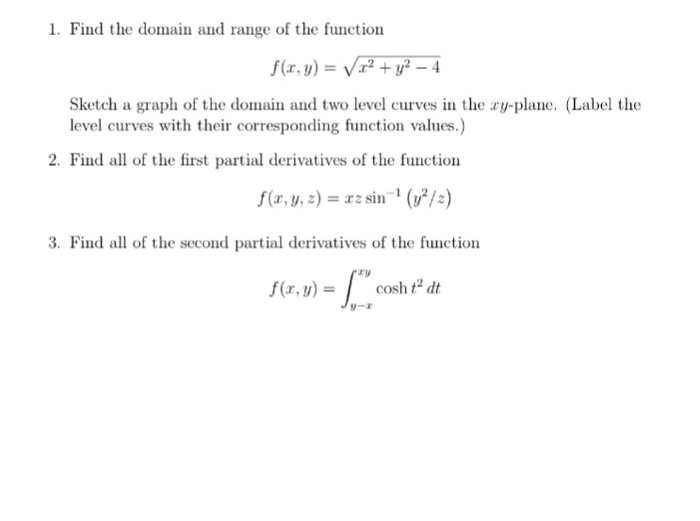



Find The Domain And Range Of The Function F X Y Chegg Com
Algebra Expressions, Equations, and Functions Domain and Range of a Function 1 Answer mizoo The domain is #6Find the domain and the range of the real function f (x) = √ (9 x^2) >> Class 11 >> Applied Mathematics >> Functions >> Introduction of functions Find the largest possible domain of the real valued function f(x) = √(4 x^2)/√(x^2 9) asked in Sets, Relations and Functions by RamanKumar ( 499k points) sets



Www Math Colostate Edu Clayton Teaching M113f09 Homework Hw1solutions Pdf
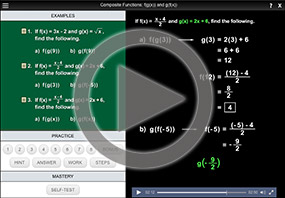



Composition Of Functions Composing Functions With Functions
Login Create Account Class11science » Maths Class11commerce » Maths Class11humanities » Maths Relations and Functions find domain and range of f(x)= √(x^2 4) Share with your friendsState the domain and range of f(x)= √ 9−x2 b Sketch the graph of y = √ 9−x2 2 Sketch the following functions stating the domain and range of each a y = √ x−1 b y = 2x y –2 02 4 x –4 2 4 Mathematics Learning Centre, University of Sydney 6 c y = 1 x−4 d y = 2x−1 3 Explain the meanings of function, domain and range Discuss whether or not y2 = x3 is a function




Find The Domain And Range Of F X Sqrt 16 X 2 Mathematics Stack Exchange



What Is The Domain And Range Of X 2 1 X 2 Quora




Domain And Range Of Functions College Algebra



Q Tbn And9gcrbjcvdipapyox7xsipjws9fcs8owiz5ekknuos8bc8c0v7g65y Usqp Cau




Find The Domain Range Of F X 1 Square Root Of 9 X2 Maths Relations And Functions Meritnation Com
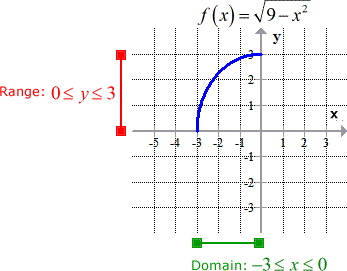



Inverse Of Square Root Function Chilimath
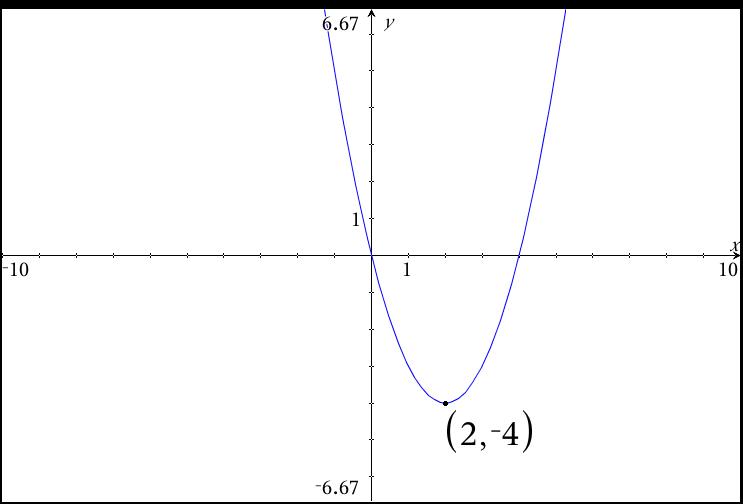



Domain And Range Of A Function Algebra Socratic




Domain And Range Of 9 X Brainly In




Misc 3 Find Domain Of F X X2 2x 1 X2 8x 12
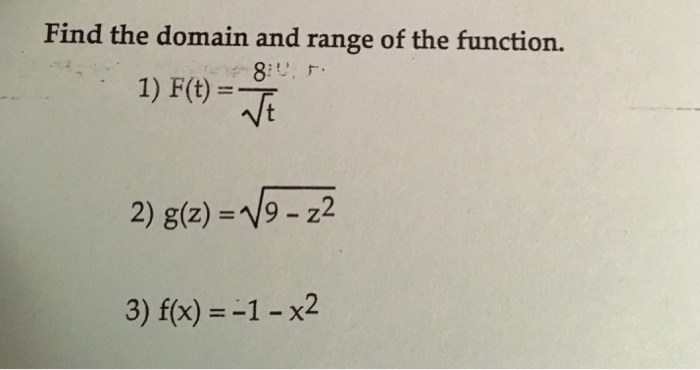



Find The Domain And Range Of The Function F T Chegg Com




Find Domain Of X 2 5x 6 Mathematics Topperlearning Com Hv2l3nff




6 Ways To Find The Domain Of A Function Wikihow



Find The Range F X Root 9 X 2 My Doubt Is That The Answer Says 0 3 But Since We Have A Square Root Won 39 T We Get Range 3 3 Mathematics Topperlearning Com Zmdkzt22




How To Find The Domain And Range Of A Function 14 Steps




6 Ways To Find The Domain Of A Function Wikihow




Prove That F X 9x 2 6x 5 Is Not Invertible Modify The Domain



1 2 Domain And Range Mathematics Libretexts




How To Find The Domain Of A Function Video Khan Academy




Find The Domain And Range Of The Real Function F X Sqrt 9 X 2




Domain Of The Function F X 2 2x X 2 Is




Find The Range F X Root 9 X 2 My Doubt Is That The Answer Says 0 3 But Since We Have A Square Root Won 39 T We Get Range 3 3 Mathematics Topperlearning Com Zmdkzt22
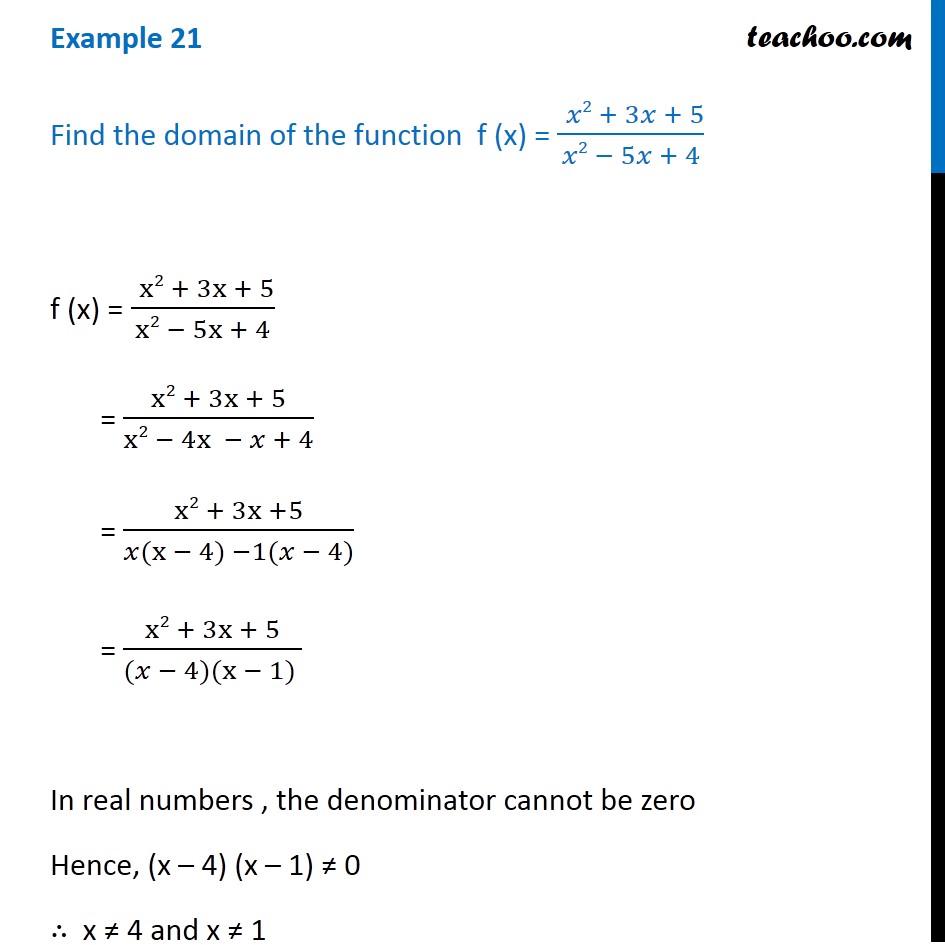



Example 21 Find Domain Of F X X2 3x 5 X2 5x 4




Find The Domain And The Range Of The Function F X X 2 25 X 5



Search Q How To Find The Domain Of A Function Tbm Isch



What Are The Domain And Range For 1 Y X 3 And 2 Y 16 X 2 Quora




Introduction To Domain And Range Relations And Functions Geeksforgeeks




Find Domain Range Of Square Root 9 X Square Relations Functions Math Class 11 Chap 2 Ncert Youtube




What Is Domain And Range In A Function Video Lesson Transcript Study Com




How To Find The Domain Of A Function Algebraically Best 9 Ways Mathculus
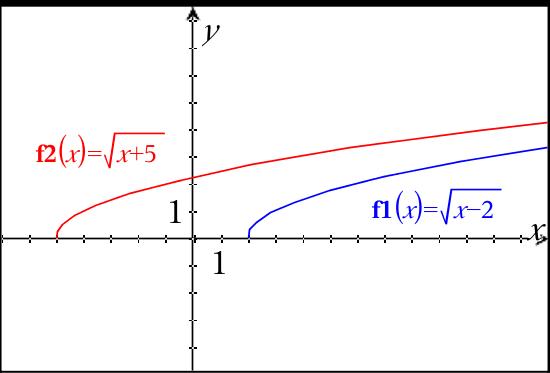



Graphs Of Square Root Functions Algebra Socratic
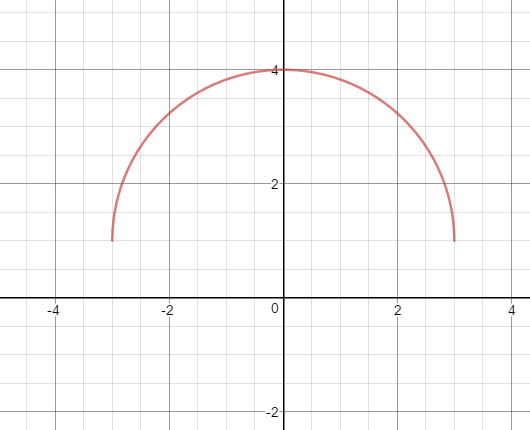



How Do You Find The Domain And Range Of F X 1 Sqrt 9 X 2 Socratic




Finding The Domain And Range Of A Function Graphically Expii
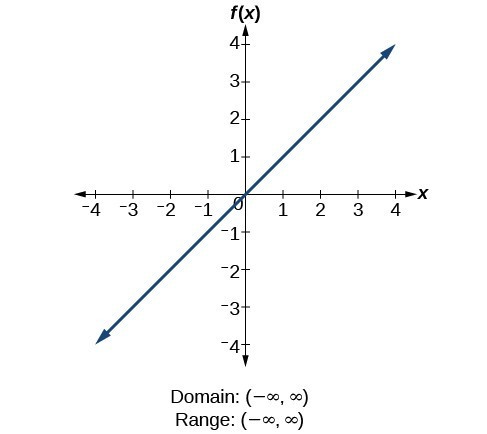



Find Domains And Ranges Of The Toolkit Functions Math 1314 College Algebra




Domain Range And Codomain




Determining Whether Values Are In Domain Of Function Video Khan Academy
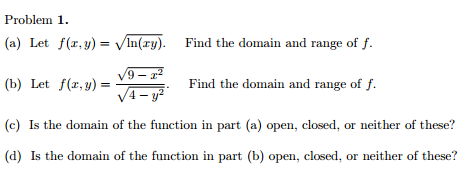



Problem 1 A Let F X Y Square Root Ln Xy Find Chegg Com



1




Domain And Range Of F X X 3 X 3 Are Respectively




Find The Domain And Range Function F X X 2 3x 2 X 2 4x 3



Find The Domain And Range Of The Following Real Functions I F X X Ii F X 9 X 2 Sarthaks Econnect Largest Online Education Community




Find The Domain And Range Of The Following Functions I F X X 2 Ii F X X 1 3 X




The Exhaustive Domain Of F X Sqrt X 12 X 9 X 4 X 1 Is



The Domain Of The Function F X Sin 1 X 3 9 X 2 Is Sarthaks Econnect Largest Online Education Community
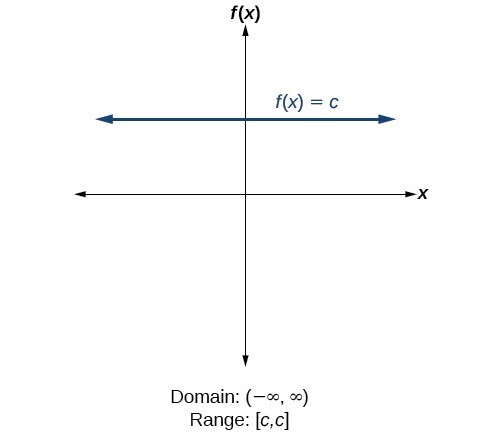



Find Domains And Ranges Of The Toolkit Functions Math 1314 College Algebra
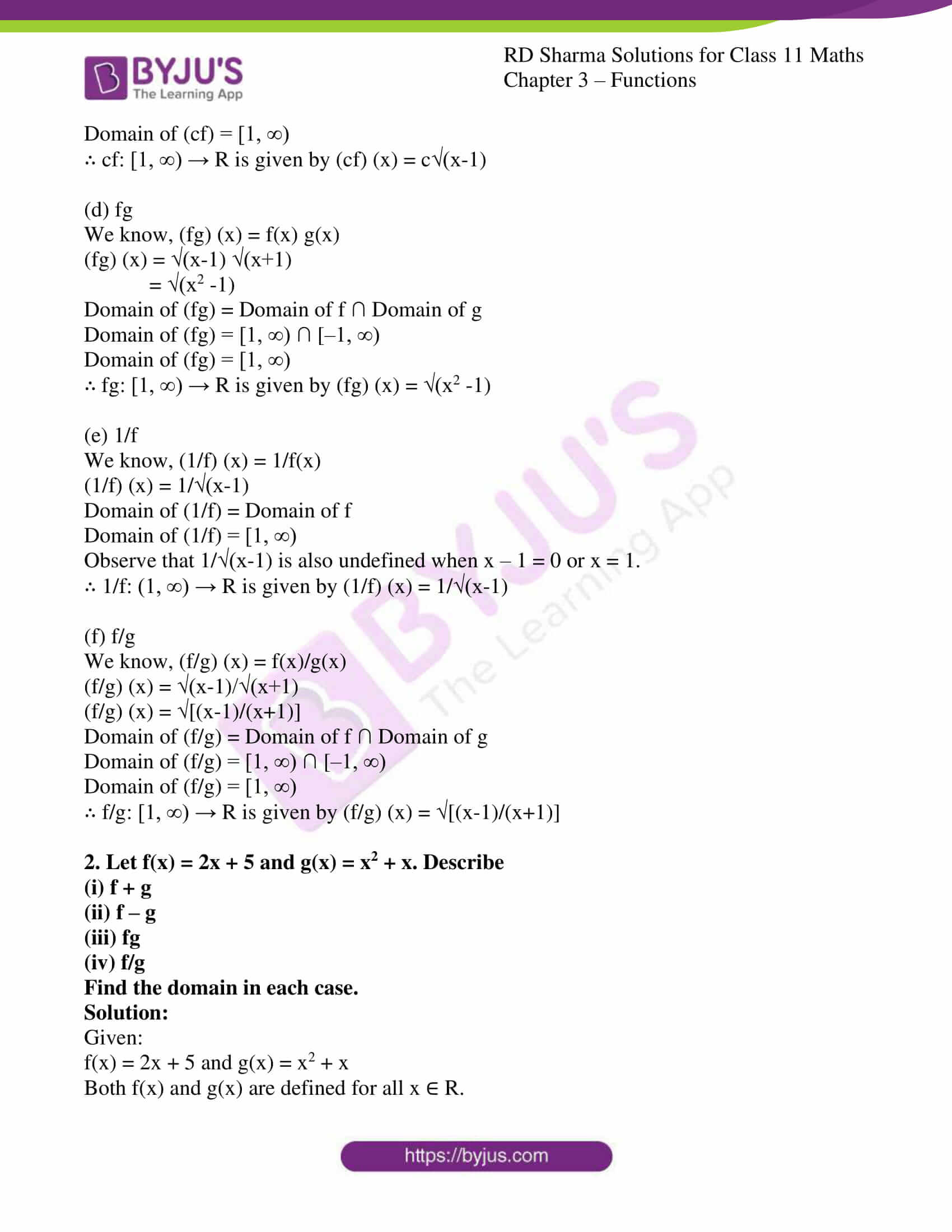



Rd Sharma Solutions For Class 11 Maths Updated For 21 22 Chapter 3 Functions




How To Find Domain And Range From A Graph Video Khan Academy




Find The Domain And Range Of F X 9 X 2 Brainly In




Domain And Range Of A Function Tutorial Youtube
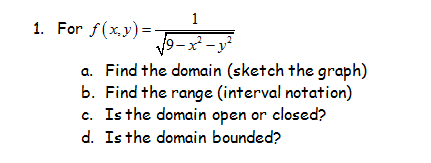



For F X Y 1 Square Root 9 X 2 Y 2 Find The Chegg Com




Find Domain And Range Of Function Y 1 X 2 16 Youtube



What Is The Domain And Range Of 1 X 3 Quora




Find The Domain Range Of F X 1 9 X 2 Brainly In



Find Range Of Square Root Functions




How To Graph Y Sqrt X Video Lesson Transcript Study Com




Find The Domain Of The Function F X X 4 X 2 Chegg Com




Find The Domain And Range Of The Real Function F X Sqrt 9 X 2 Youtube




Ex 2 3 2 Find The Domain And Range Of The Function F X X




Find The Domain And Range Of The Following Real Function F X 9 X 2 Donimain




6 Ways To Find The Domain Of A Function Wikihow
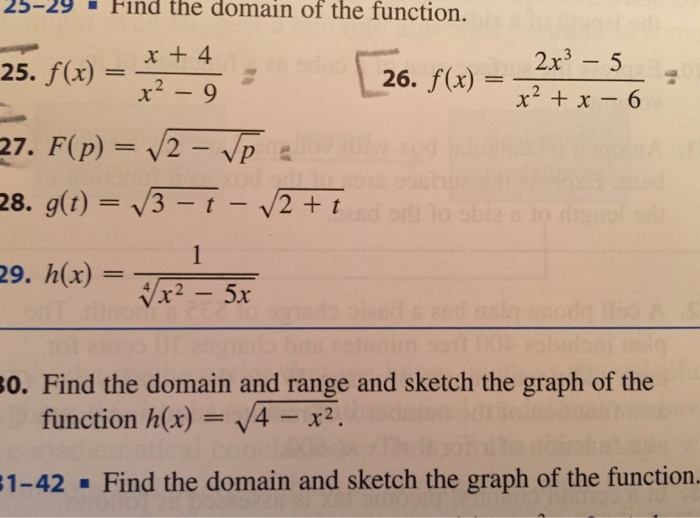



Find The Domain Of The Function F X X 4 X 2 Chegg Com




Write The Domain Of The Following Real Functions F X 2x 1 X 9 Brainly In



Www Imperial Edu Docs Computer Labs Math Lab Resources Math 091 7713 Math 91 Final Study Guide Fall 16 File




Graph The Following Functions Determine The Domain Chegg Com



Graphing Square Root Functions
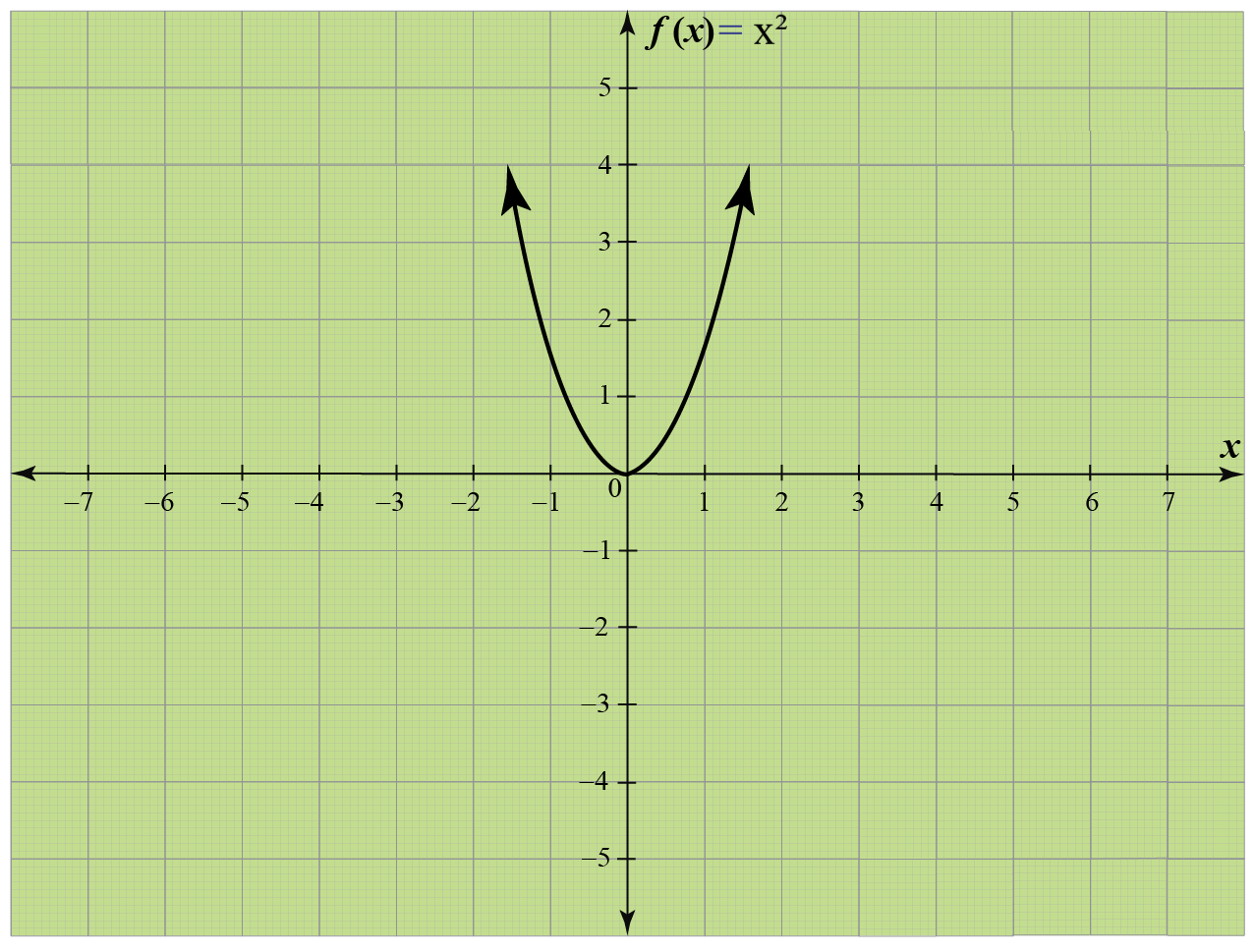



Domain Definition Examples Cuemath




Find The Domain And Range Of The Functions I 1 Sqrt 9 X Sq Maths Trigonometric Functions Meritnation Com
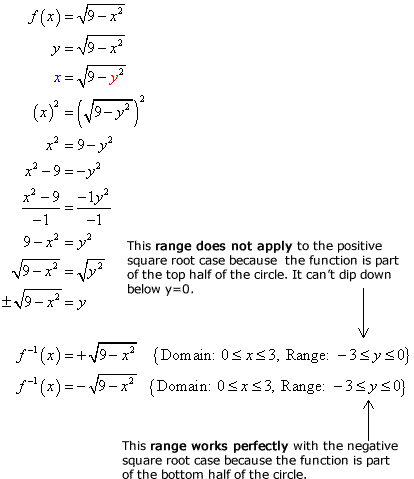



Inverse Of Square Root Function Chilimath



What Is The Domain Of The Given Function F X Sqrt X 2 1 1 Sqrt X 2 3x 2 Quora



Solution Find The Domain And Range Of F X Sqrt X 2




Domain Range




Domain And Range Of 1 X 2 2x 8 Youtube



What Is The Domain Of The Function F X 1 Root X 2 4 Quora




Write Domain And Range Given An Equation College Algebra



Find The Domain Of The Following Functions I Tan 1 9 X 2 Ii 1 2 Tan 1 1 X 2 P 4 Sarthaks Econnect Largest Online Education Community




Domain And Range Of Quadratic Functions Video Khan Academy



Domain And Range Of A Function




Find The Domain And Range Of The Function Enter Chegg Com



Find The Domain And Range Of The Real Function F X X 2 9 Sarthaks Econnect Largest Online Education Community




Find The Domain And Range Of The Function F X X 2 9 X 3 Brainly In
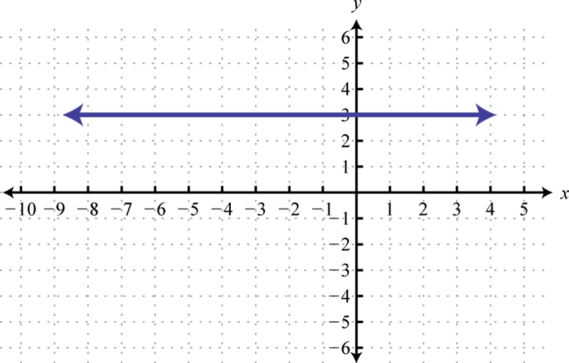



Relations Graphs And Functions




Find The Domain And Range Of The Function F X 16 X 2 Donimain




Misc 4 Find Domain And Range Of F X Root X 1 Chapter 2



0 件のコメント:
コメントを投稿